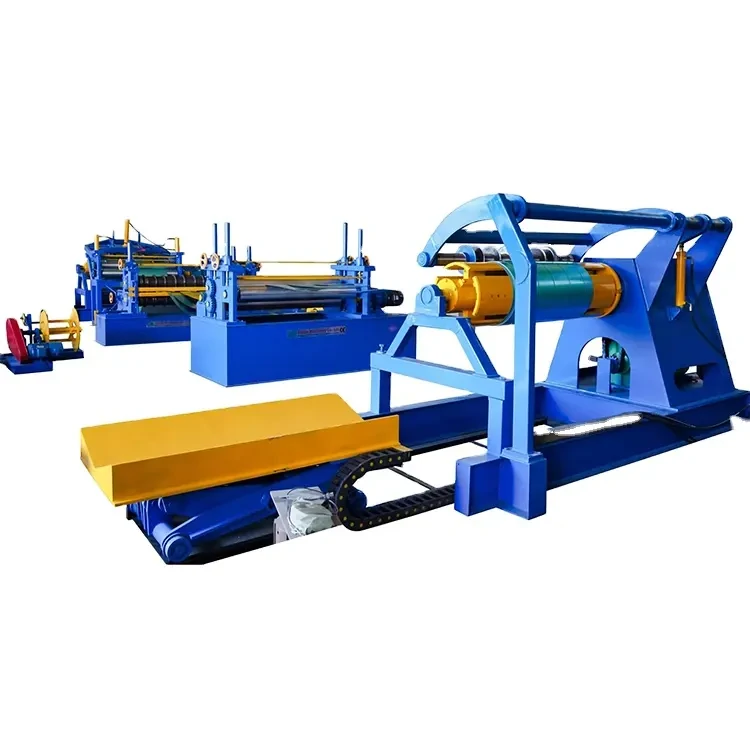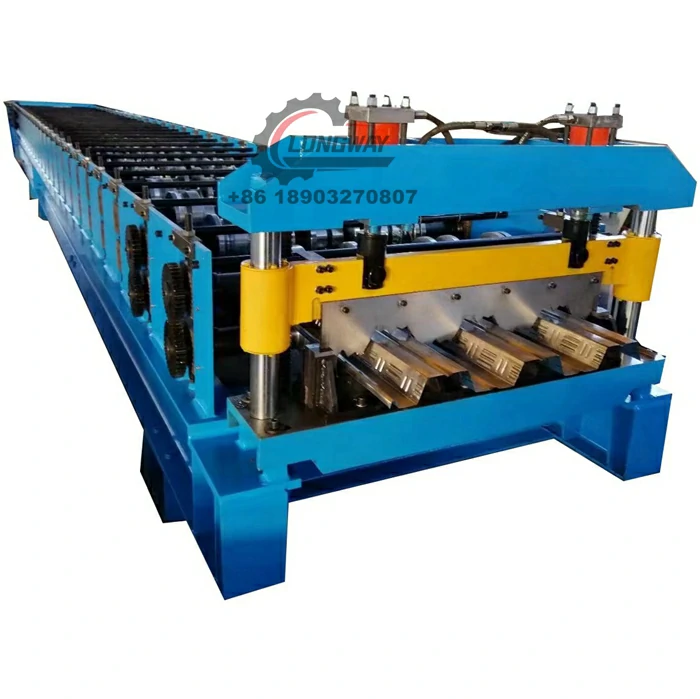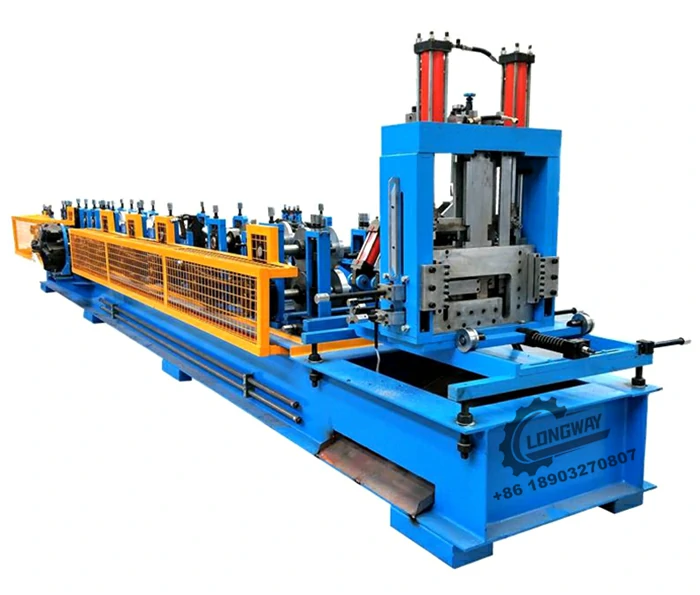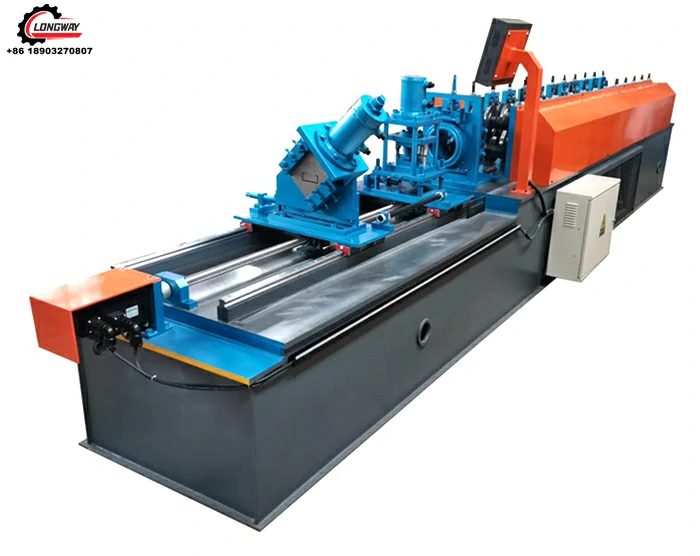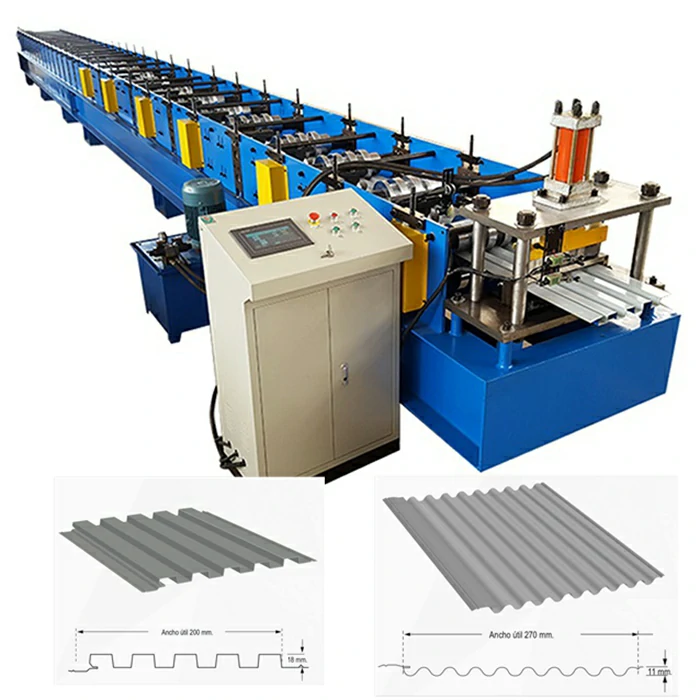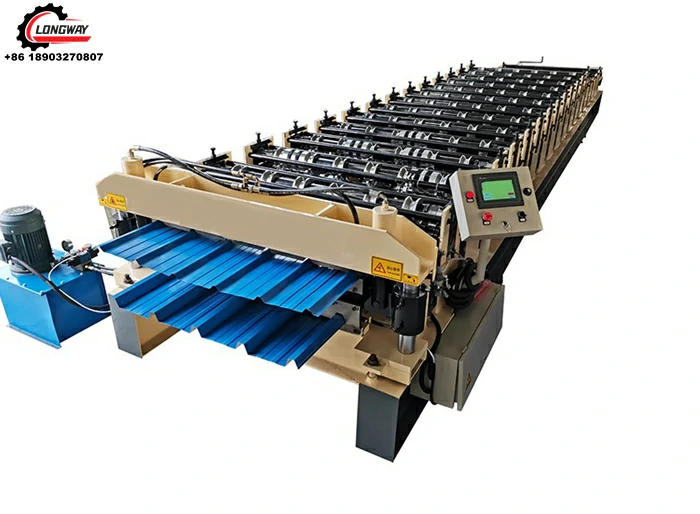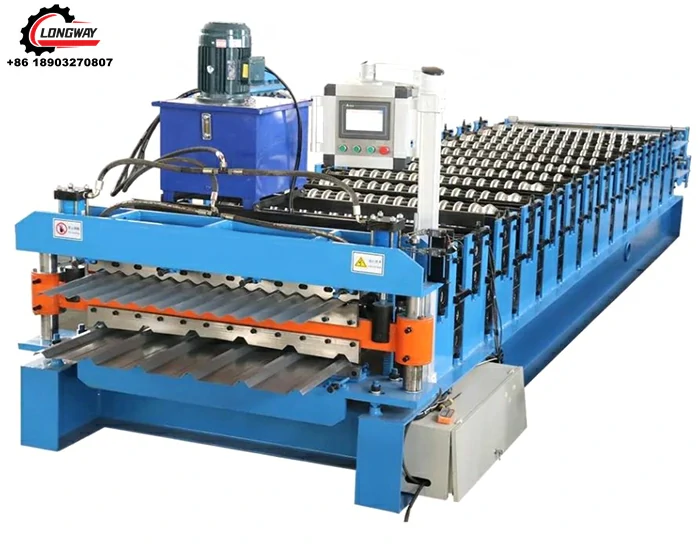Maintenance Tips for a Steel Angle Roll Forming Machine
A steel angle roll forming machine is the backbone of producing precise, durable steel angles—essential for construction, manufacturing, and infrastructure projects. Keeping this machinery in top shape ensures consistent output, reduces downtime, and extends its lifespan. Cangzhou Longway International Trade Co., Ltd, a 12-year expert in cold roll forming and metal processing machines, knows the value of proper maintenance. Their range includes reliable angle roll forming machine models, from drywall steel L-angle bar systems to versatile industrial units, trusted by 70+ global customers. This guide shares key maintenance tips for wall angle roll forming machine, angle roll forming machine, and steel angle roll forming machine, helping operators keep their equipment running smoothly.
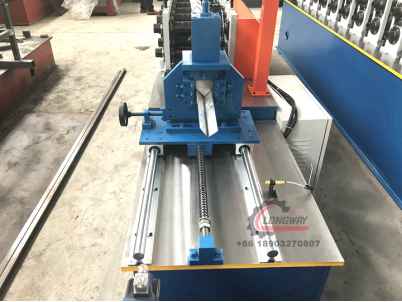
Daily Cleaning for Steel Angle Roll Forming Machine Longevity
- Wipe Down Rollers and Guides: After each shift, use a dry cloth to remove metal shavings, dust, and debris from the rollers and forming guides of your steel angle roll forming machine. Built-up debris can scratch steel angles during production or cause uneven forming. For stubborn residue, a mild, non-corrosive cleaner works—avoid harsh chemicals that might damage the machine’s finish.
- Clear the Punching Area: If your machine includes punching equipment (like the drywall steel L-angle bar forming machine, which punches holes in 25X25 or 30X30 angles), clean the punch and die daily. Metal scraps stuck in these parts can lead to misaligned holes or jams, ruining batches of angles. A small brush works great to dislodge tiny fragments.
- Inspect Hydraulic Lines for Leaks: The hydraulic station, a key component of many angle roll forming machine models, needs daily checks. Look for oil leaks around hoses and connections—even a small drip can reduce pressure, affecting cutting or forming precision. Wipe up any spilled oil to prevent slips and address leaks promptly to avoid bigger issues.
Weekly Inspections for Angle Roll Forming Machine Components
- Check Roller Alignment: Over time, the rollers in a angle roll forming machine can shift, leading to misshapen angles. Once a week, use a straightedge to verify alignment. For drywall angle machines, this is crucial—even a tiny misalignment can produce angles that don’t fit snugly with studs and tracks. Adjust rollers gently using the machine’s calibration tools if needed.
- Lubricate Moving Parts: Pivots, chains, and gears in your wall angle roll forming machine need regular lubrication to reduce friction. Use a high-quality machine oil recommended by the manufacturer—applying too much can attract dust, so a thin, even coat is best. Pay extra attention to the roll forming system and cutting equipment, as these parts endure the most stress.
- Test PLC Controls: The PLC controlling system (standard in modern steel angle roll forming machine setups) should be tested weekly. Run a short production cycle with scrap material to ensure buttons, sensors, and automated functions work correctly. A glitch in the PLC can cause sudden stops or incorrect cuts, wasting time and material.
Monthly Maintenance Tasks for Wall Angle Roll Forming Machine
|
Maintenance Task |
Focus Area |
Why It Matters |
|
Inspect Die Wear |
Cutting and punching dies in wall angle roll forming machine. |
Worn dies produce ragged edges on angles, compromising quality and safety. |
|
Tighten Fasteners |
Bolts and screws on rollers, frames, and supports. |
Loose fasteners cause vibration, leading to uneven forming and machine damage. |
|
Check Decoiler Tension |
Decoiler in the roll forming line. |
Incorrect tension leads to material feeding issues, resulting in crooked angles. |
|
Clean Hydraulic Fluid Filter |
Hydraulic station reservoir. |
Clogged filters reduce hydraulic pressure, slowing down cutting or forming. |
|
Verify Support Table Stability |
Table supporting angle material during forming. |
A wobbly table causes misalignment, affecting the precision of 25X25 or 30X30 angles. |
This table outlines critical monthly checks to keep wall angle roll forming machine operating at peak performance.
Seasonal Overhauls for Steel Angle Roll Forming Machine
- Replace Worn Rollers: After months of use, the rollers in a steel angle roll forming machine develop minor grooves. During seasonal overhauls, inspect each roller—if you feel unevenness, replace them to ensure consistent angle shapes. This is especially important for machines producing custom angles, where precision is key.
- Calibrate Cutting Equipment: The cutting mechanism (whether hydraulic or mechanical) should be calibrated seasonally. Test cuts on scrap steel to check for squareness and clean edges. For drywall angle machines, precise cuts prevent gaps in wall installations, so this step directly impacts end-product quality.
- Evaluate Electrical Connections: Over time, wires and terminals in the angle roll forming machine can loosen or corrode. A seasonal check by a qualified technician ensures all electrical components are secure, reducing fire risks and preventing unexpected shutdowns. This is particularly vital for machines used in dusty or humid environments.
Steel Angle Roll Forming Machine FAQS
How Often Should I Replace the Hydraulic Fluid in My Angle Roll Forming Machine?
Hydraulic fluid in a angle roll forming machine should be replaced every 6–12 months, depending on usage. If the fluid looks cloudy or has debris, replace it sooner. Fresh fluid keeps the hydraulic station running smoothly, protecting cutting and forming components from wear.
Can I Use Generic Lubricants on My Wall Angle Roll Forming Machine?
It’s best to use lubricants recommended by the manufacturer for your wall angle roll forming machine. Generic oils may not withstand the machine’s operating temperatures or could react with seals, causing leaks. Cangzhou Longway provides specific lubrication guidelines for their equipment.
What Causes Misaligned Holes in Drywall Angle Machines How to Fix It?
Misaligned holes in drywall wall angle roll forming machine (which produce 25X25 or 30X30 angles) are often due to loose punching equipment or a misaligned PLC sensor. Tighten the punch die and recalibrate the sensor—running test punches on scrap material will help verify the fix.
How Do I Know When Rollers in My Steel Angle Roll Forming Machine Need Replacement?
Signs include uneven angle shapes, visible grooves on rollers, or increased noise during operation. If your steel angle roll forming machine starts producing angles with inconsistent dimensions, inspect the rollers—replacing them will restore precision.
Where Can I Get Replacement Parts for My Angle Roll Forming Machine?
Cangzhou Longway International Trade Co., Ltd offers genuine replacement parts for their angle roll forming machine models, including rollers, dies, and PLC components. Visit their website to explore parts catalogs, maintenance guides, and expert support to keep your machine in top condition.
-
Corrugated iron roofing sheet making machine with CE, AutoNewsNov.17, 2025
-
3mm Steel C U Channel Roll Forming Machine, Heavy DutyNewsNov.17, 2025
-
Calamima Micro Ondulada corrugated roof sheet machine - CNCNewsNov.17, 2025
-
Metal Roofing Roll Former for Sale Companies - Fast, PreciseNewsNov.17, 2025
-
Drywall Steel L Angle Bar forming machine | Fast, PreciseNewsNov.17, 2025
-
Corrugated Iron Roofing Sheet Making Machine, Fast & DurableNewsNov.11, 2025
-
Corrugated Metal Roofing Machine | High-Speed, Precise, CENewsNov.11, 2025
